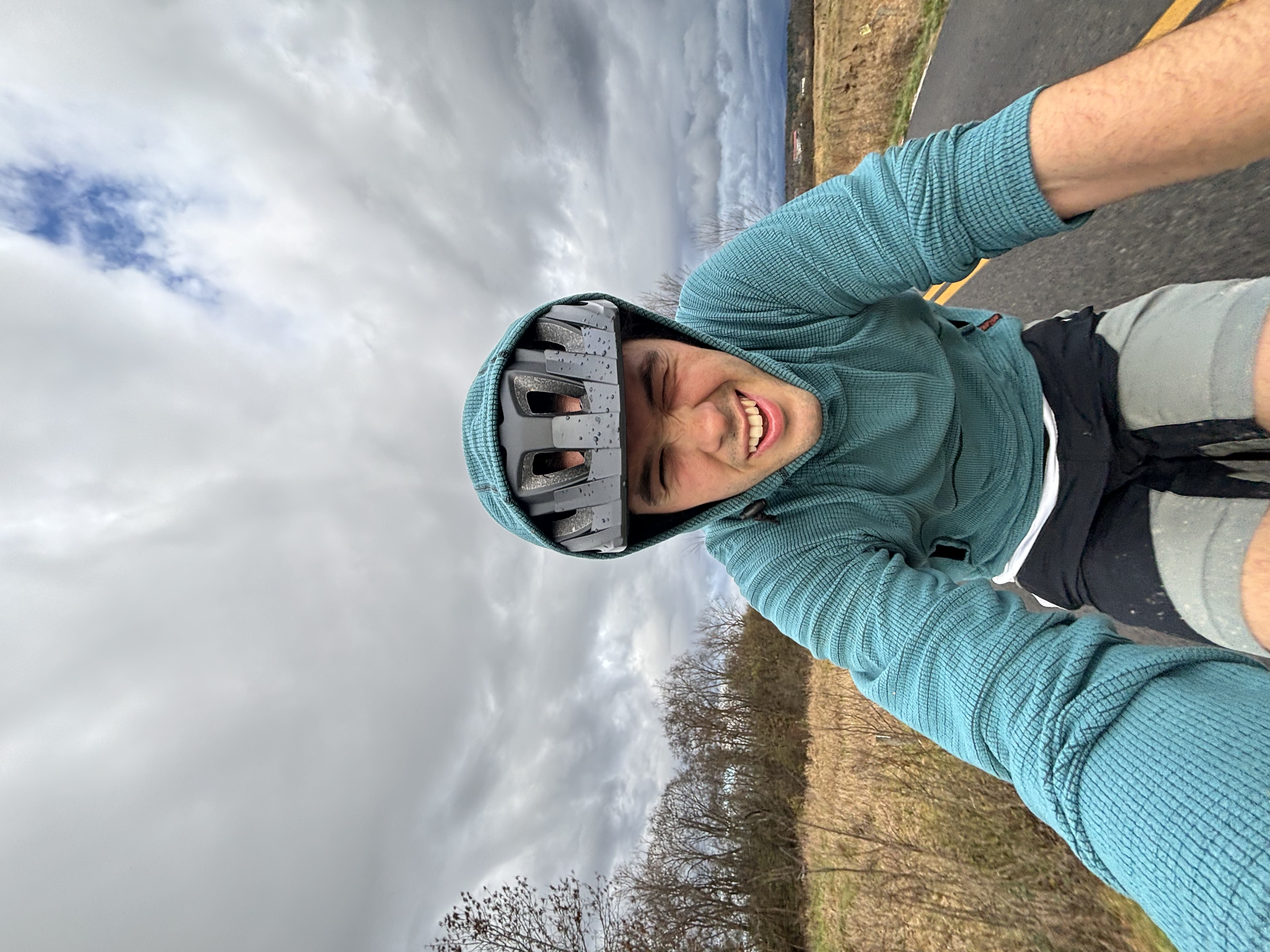Sterling Reproduction Study
For my third and final project of this semester’s OpenGIScience course, my classmate Jorre Dahl and I undertook a reproduction of Charles Sterling’s 2023 study titled “Connections between present-day water access and historical redlining”. Over the course of this reproduction we wrangled huge census datasets, dealt with broken geometries throughout datasets, and reproduced Sterling’s regression analysis on water access in redlined neighborhoods. I learned a lot about both the application of and structure behind geographic methods and am extremely proud of our result.
View the final report here
Or view the GitHub repository here
This project is contributing a well-documented open-source series of research methods that conceivibly could be applied to many different questions pertaining to the historical effects of redlining. This workflow is made accessible through full data and code transparancy and by limiting implementation to one language/progam, finding ways to conduct an analysis that Sterling did in R, ArcGIS, and Python in just R.
References
Sterling III, Charles W., et al. “Connections between present-day water access and historical redlining.” Environmental Justice (2023). DOI:10.1089/env.2022.0115
